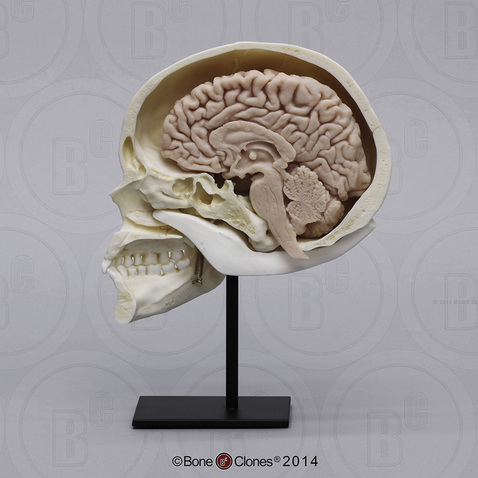Comparing canine brains using 3-D-endocast modelling
$ 20.50 · 4.9 (732) · In stock
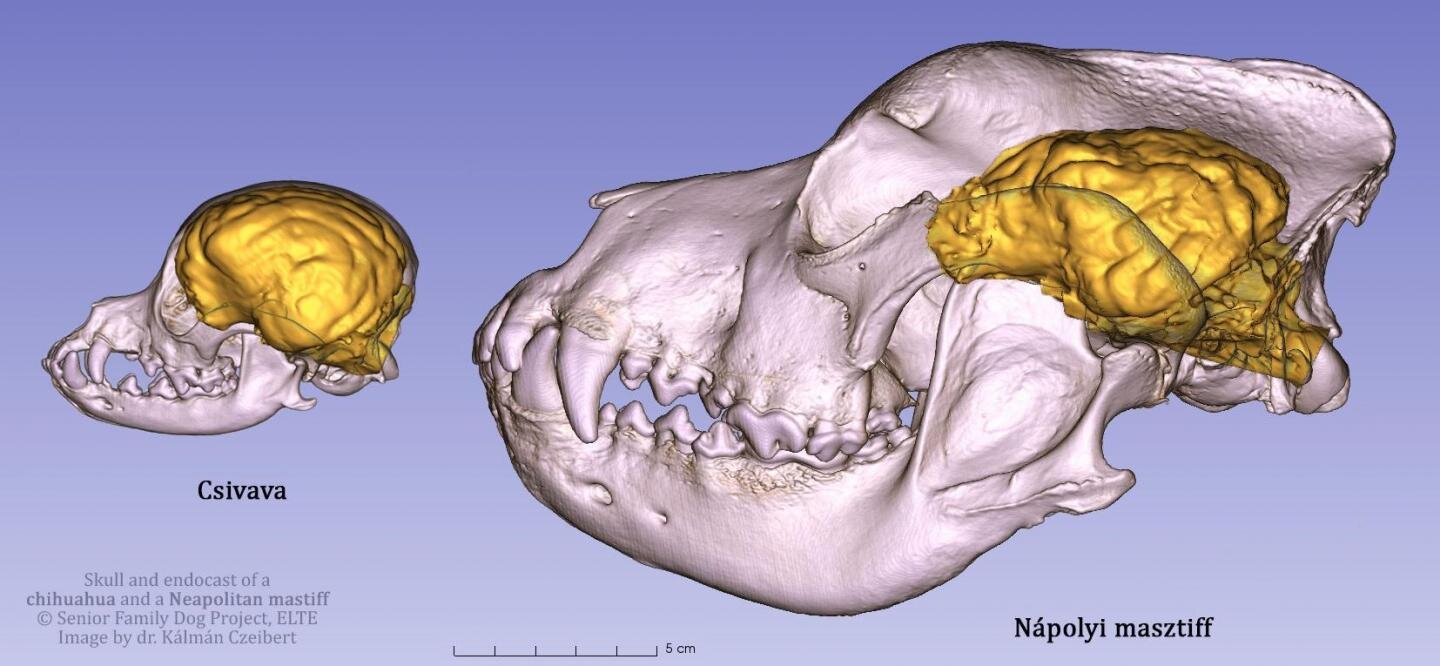
Based on digital endocranial cast models, the canine brain does not increase proportionally with body size. Researchers at ELTE Eötvös Loránd and Kaposvár University in Hungary reconstructed the surface morphology of 28 canine brains, including various dog breeds, wolves, coyotes, and jackals. The shortening of the facial skeleton greatly influences the ratio of certain brain regions, primarily the olfactory bulb and the frontal lobe. These changes may have profound implications for olfactory and problem-solving abilities.
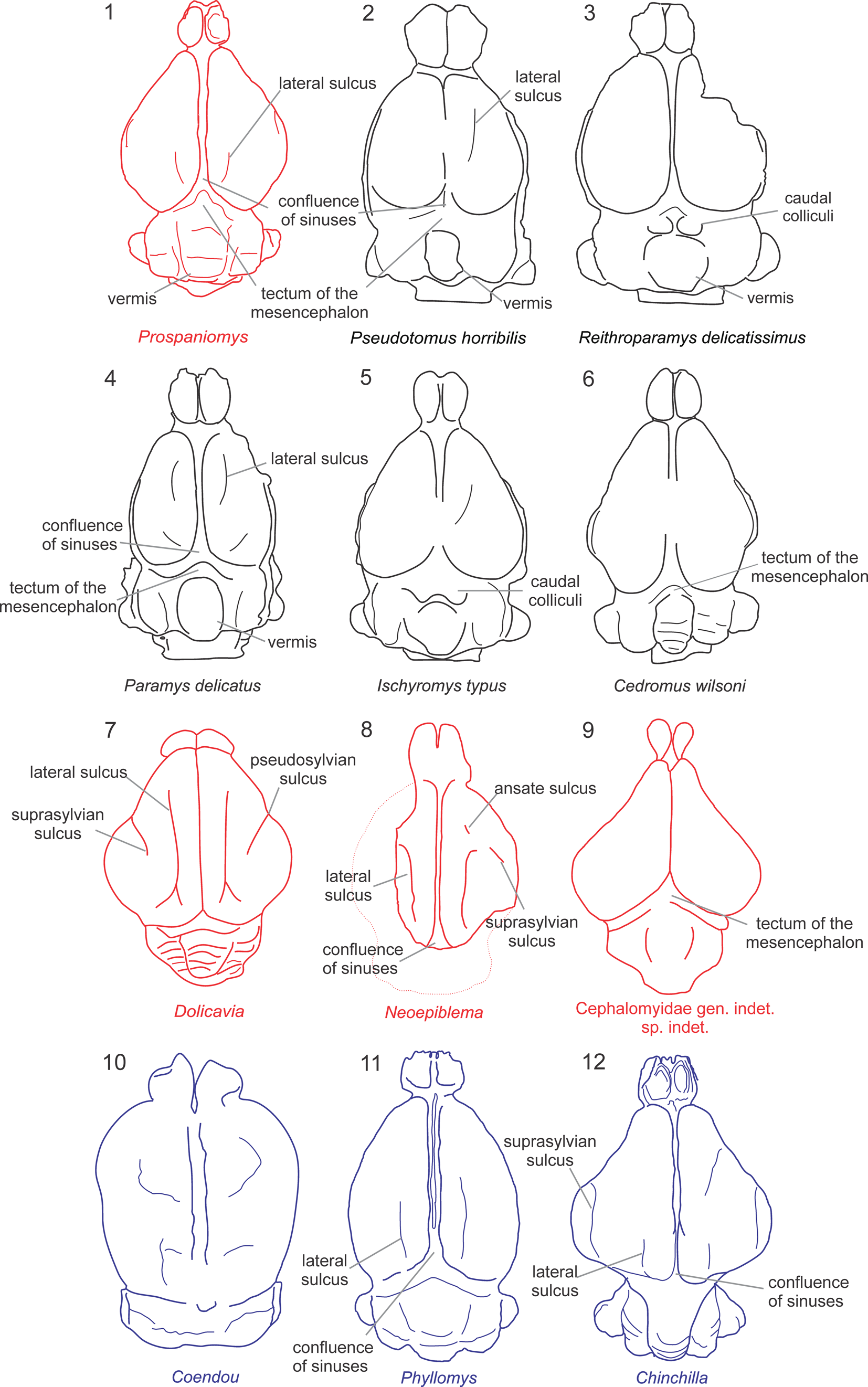
First virtual endocast description of an early Miocene representative of Pan-Octodontoidea (Caviomorpha, Hystricognathi) and considerations on the early encephalic evolution in South American rodents, Journal of Paleontology
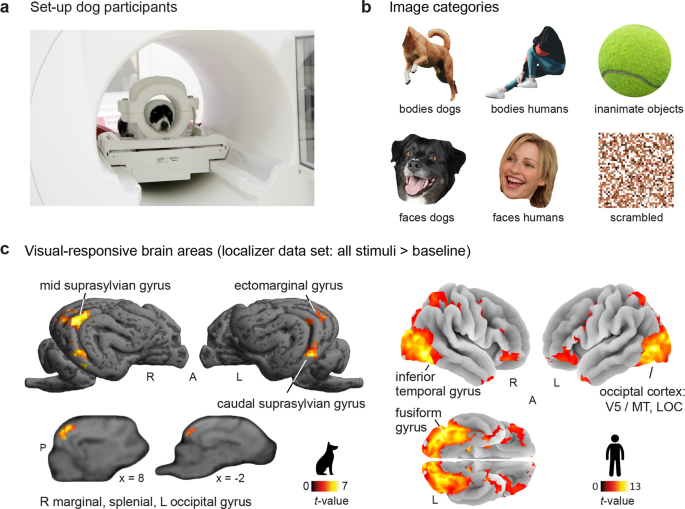
Functionally analogous body- and animacy-responsive areas are present in the dog (Canis familiaris) and human occipito-temporal lobe
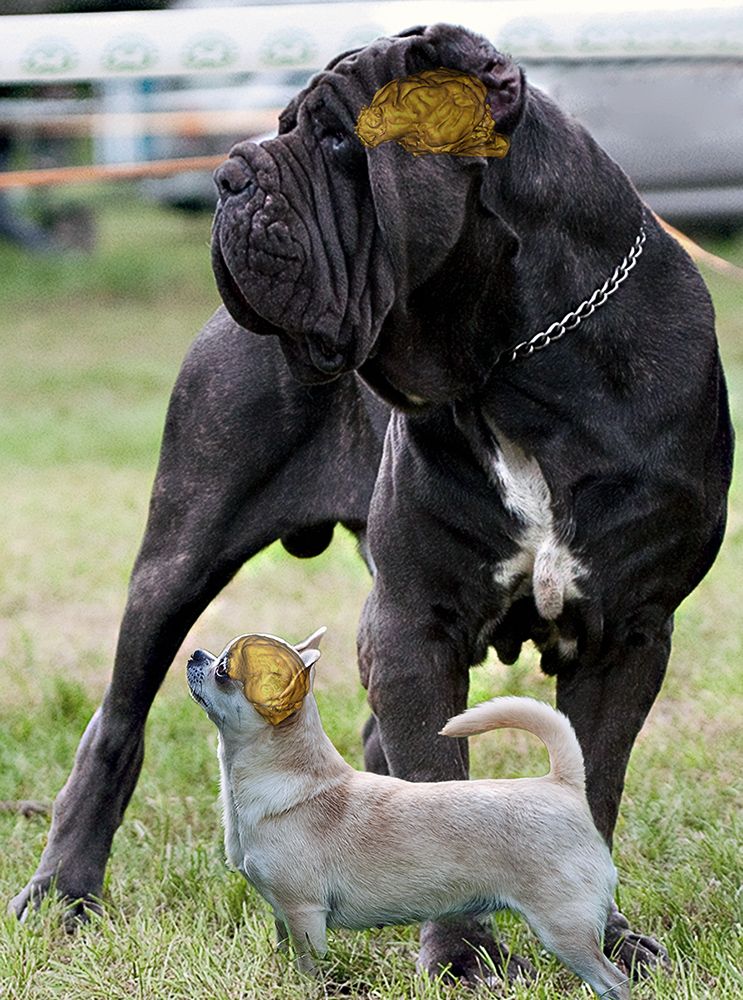
Comparing canine brains using 3D-endocast modelling
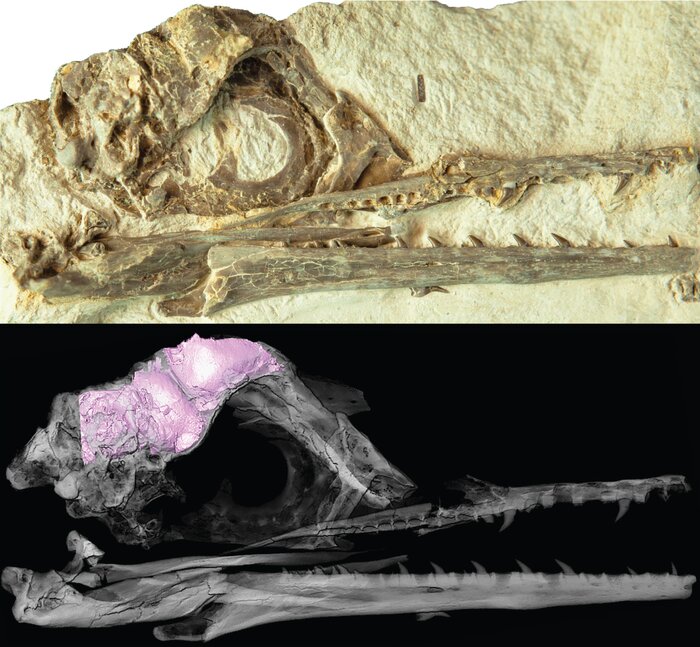
Bird brains left other dinosaurs behind
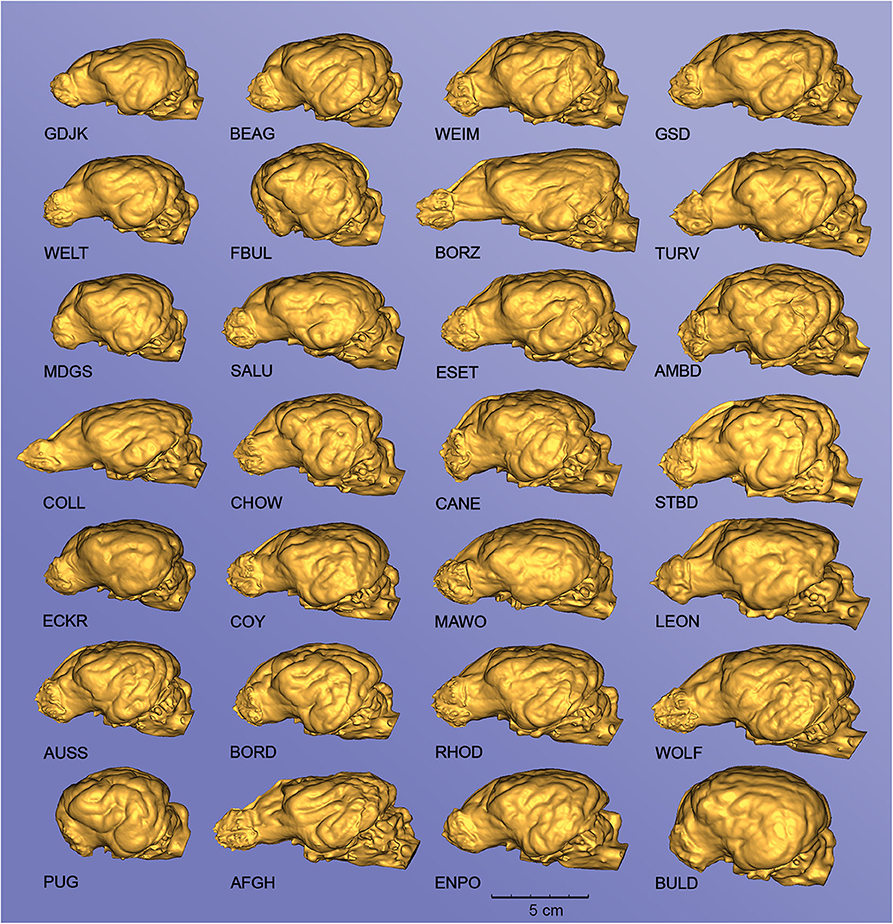
Frontiers Digital Endocasting in Comparative Canine Brain Morphology
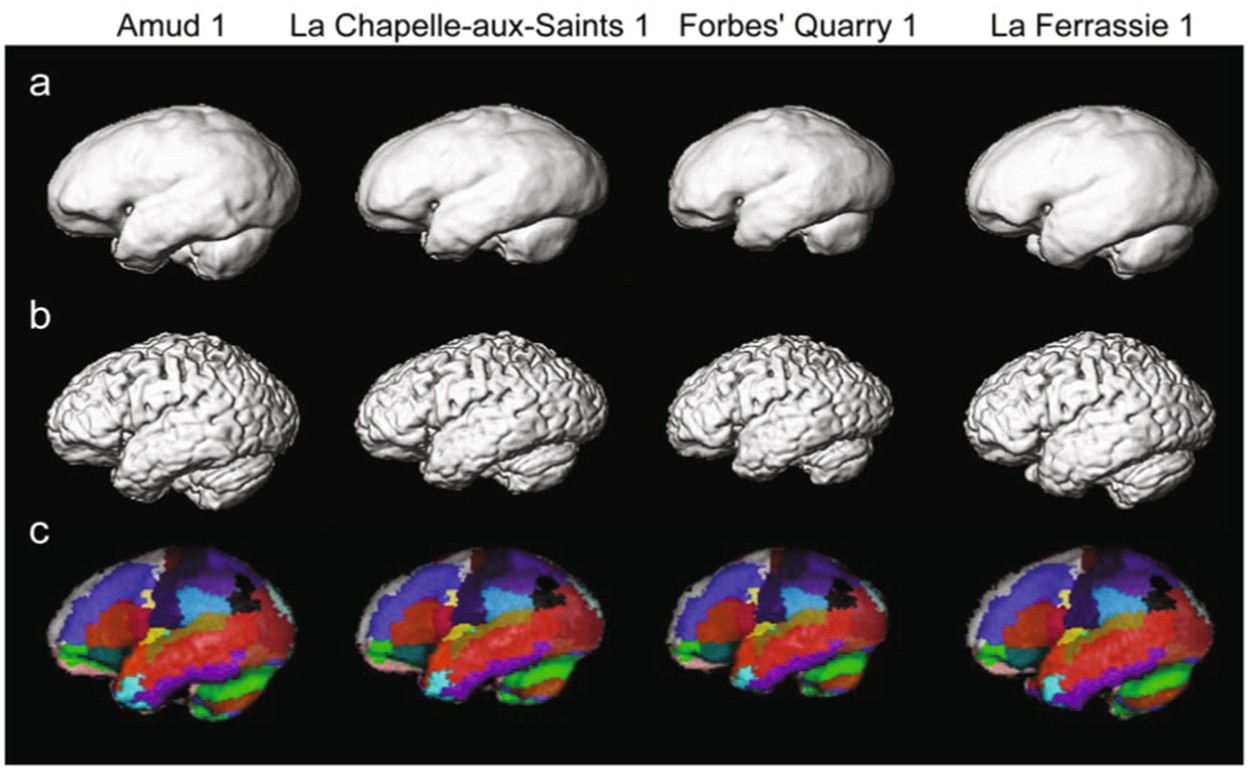
Reconstructing the Neanderthal brain using computational anatomy

Before dinosaurs could fly, some had flight-ready brains
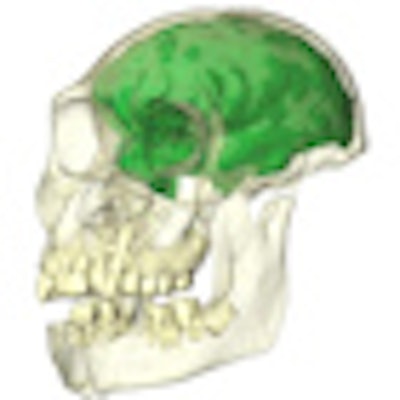
img./files/base/smg/all/image/2011/0
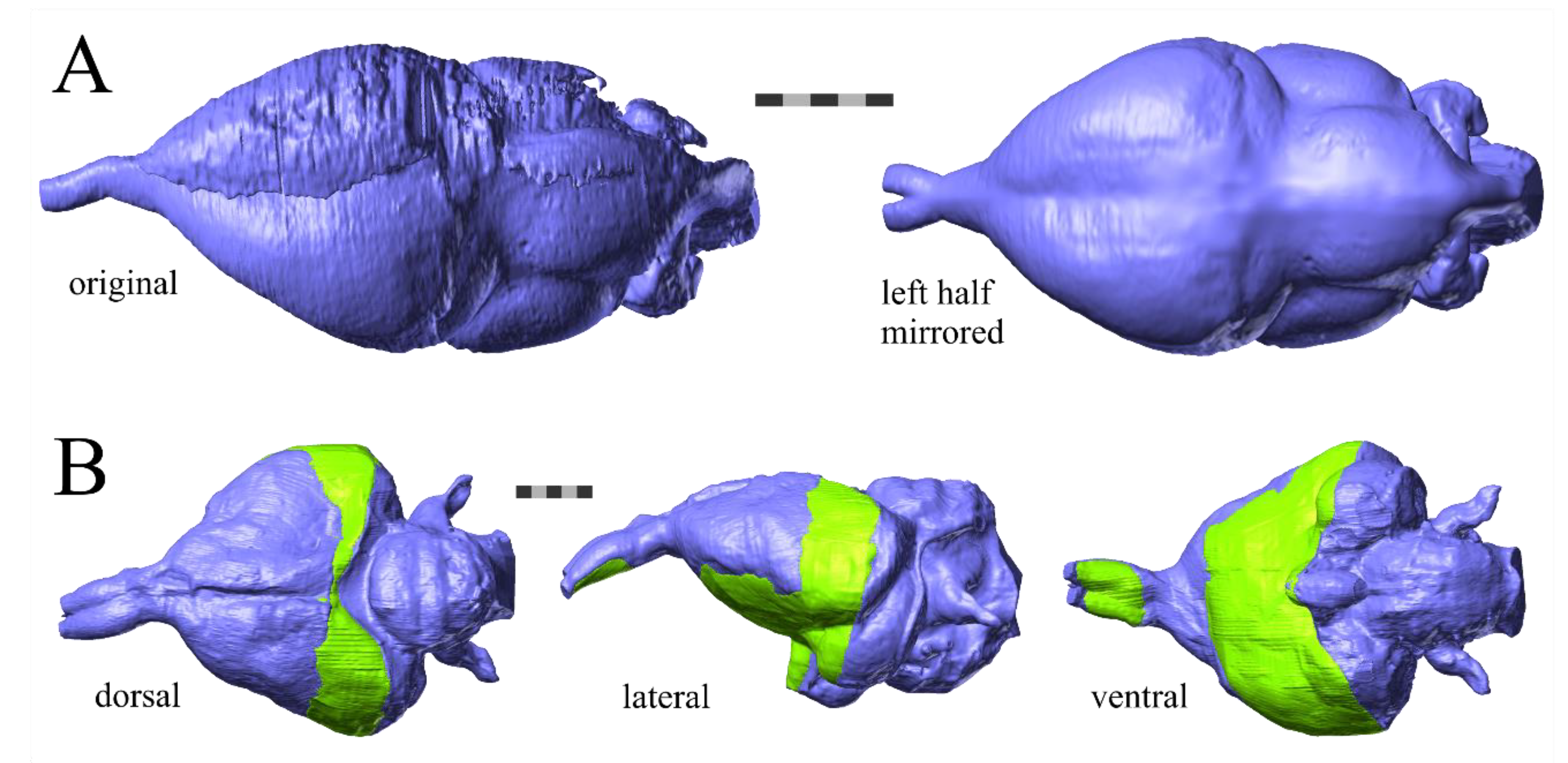
Diversity, Free Full-Text
Morpho-radiological and brain endocast analysis in the study of Hyperostosis Frontalis Interna (HFI): A combined approach

Unveiling ancient minds: fossil endocasts unlock secrets of past brains
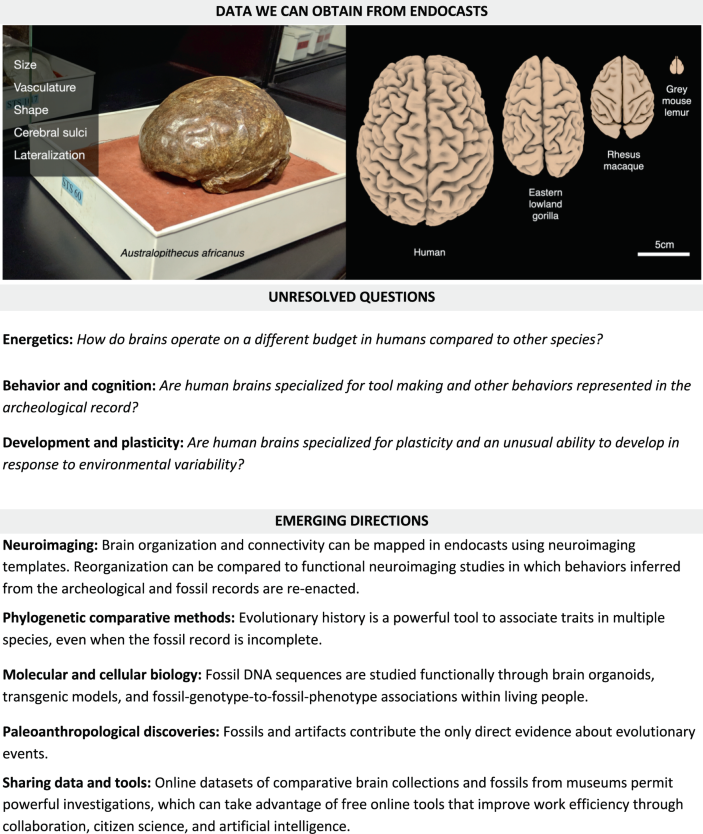
From fossils to mind Communications Biology

3D landmark configuration used in this study on brains (left) and

PALAEONTOLOGY[online] Article: Patterns in Palaeontology > Patterns In Palaeontology: Digitally Peering Inside Fossil Skulls
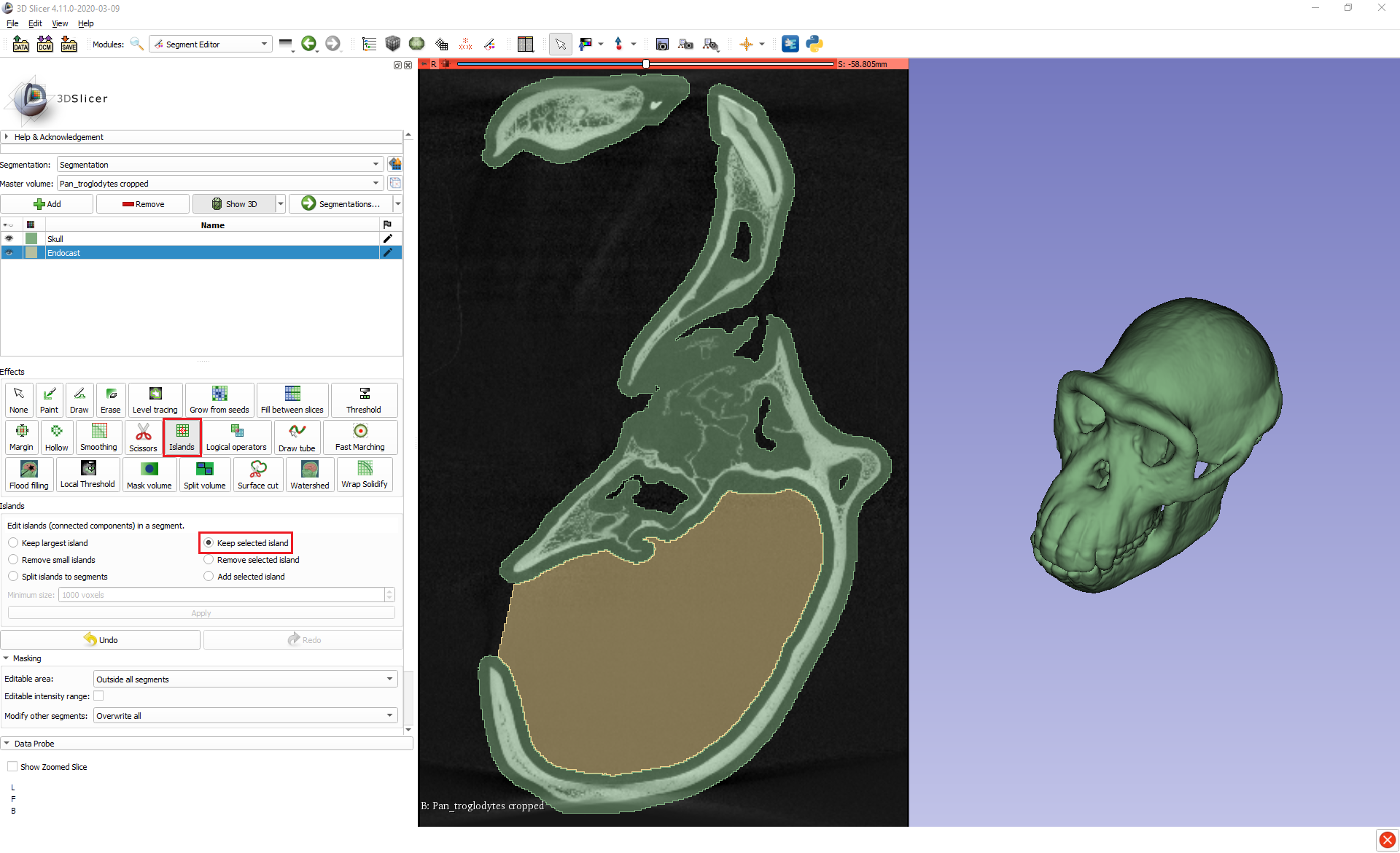
Cavity Segmentation: Creating Endocasts








